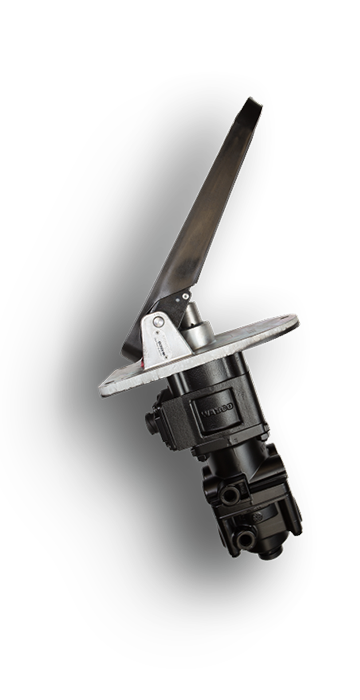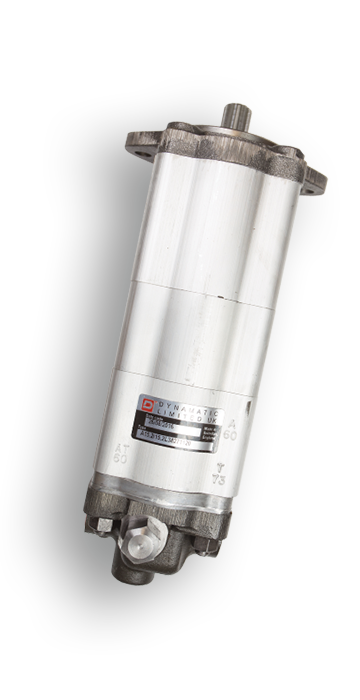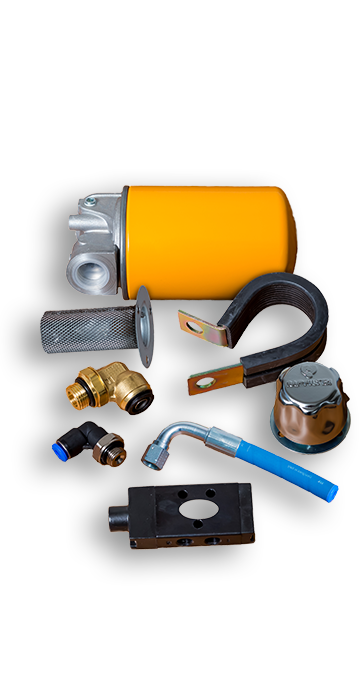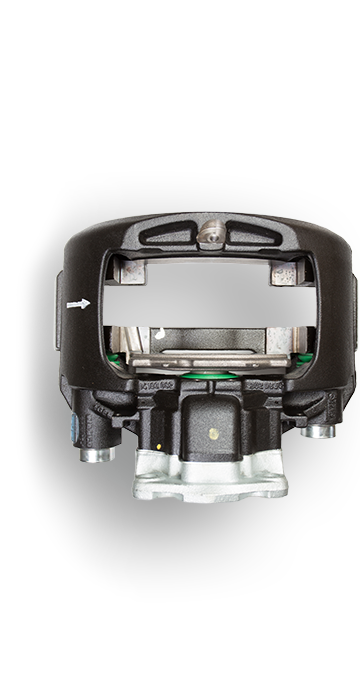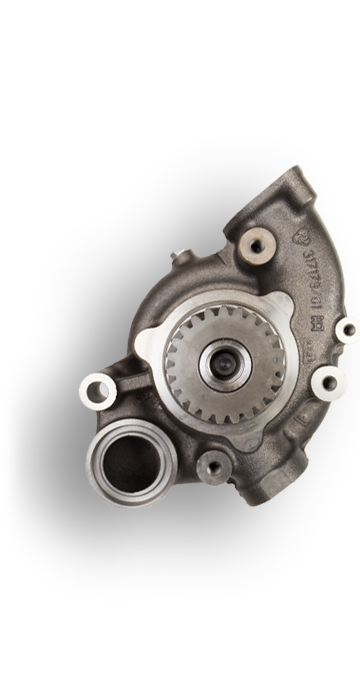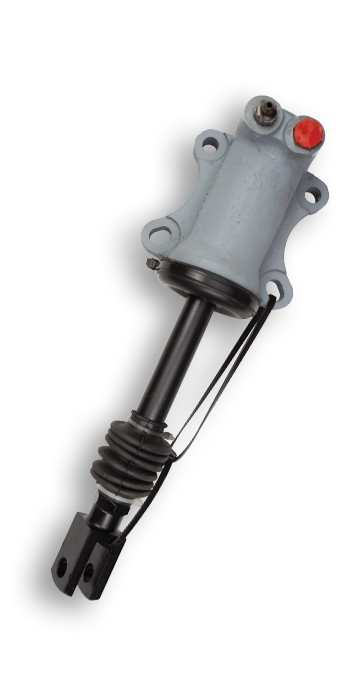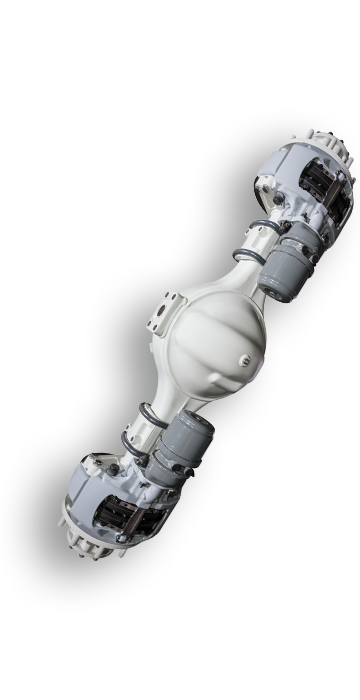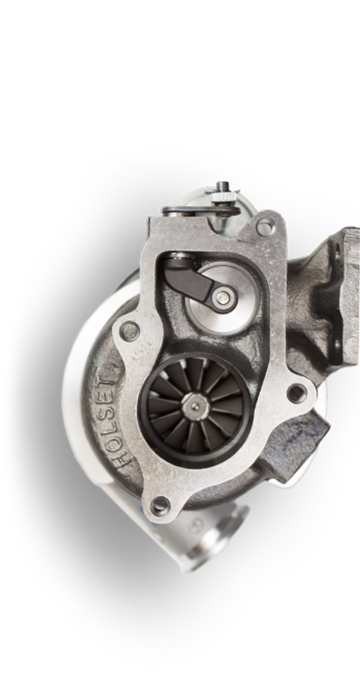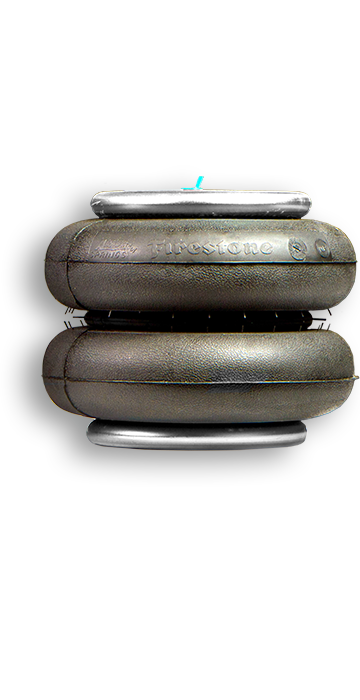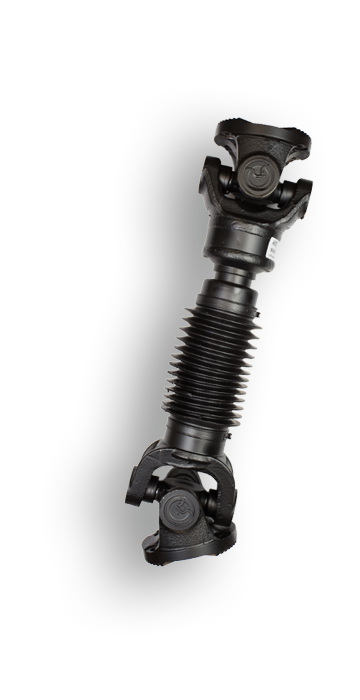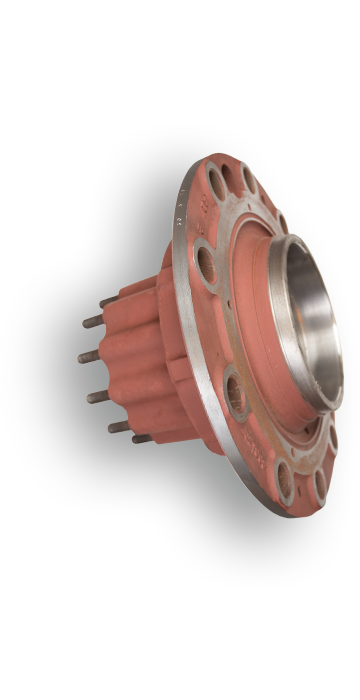For decades since the 1950s, taking a ride on one of London’s famous Routemaster buses was on the ‘to do’ list of everyone who visited London. This iconic form of transport became embedded in popular culture and even today, is still recognised throughout the world as being quintessentially British.
Originally designed by London Transport, the Routemaster began development in 1947 by a team directed by AAM Durrant and Colin Curtis, with vehicle styling by Douglas Scott. The brief was to produce a vehicle that was lighter than its predecessors and thereby more fuel-efficient, easier to operate and maintain with lower-cost servicing. The resulting vehicle seated 64 passengers, despite being three-quarters of a ton lighter than buses in the previous RT-type AED Regent and Leyland Titan family, which seated 56.
London Transport wanted the new generation of public transport to replace its Trolleybus fleet and the older diesel buses, so the task of construction fell to Associated Equipment Company (AEC), which manufactured the Routemaster between 1954 and 1968. Primarily front-engined, rear open-platform buses, a small number of variants were produced with doors and/or front entrances. The Routemaster was a departure from the traditional chassis/body construction method. It was one of the first integral-style buses, that featured a combination of an “A” steel sub-frame (including engine, steering and front suspension) and a rear “B” steel sub-frame (carrying rear axle and suspension), which were connected by an aluminium body. The gearbox was mounted on the underside of the body structure with shafts to the engine and back axle.
The first Routemaster model entered service with London Transport in 1956, which was the customer for almost all the production run of 2,876 units, although a small number of buses were built for British European Airways and the Northern General Transport Company. Pioneering in both design and operational capability, the Routemaster outlasted several of its replacement types in London, survived the privatisation of the former London Transport bus operators and was used by other operators around the UK. Its unique features were both praised and criticised, however. The open platform, while exposed to the elements, allowed simultaneous boarding and alighting and the presence of a conductor allowed minimal boarding time and improved security. This was welcomed by passengers but for London Transport, the presence of both a driver and conductor incurred greater labour costs and there was also the issue of passenger safety with a small number of people falling from the back. Operationally though, the Routemaster’s lightweight design helped it achieve fuel consumption figures that were better than vehicles that ultimately replaced it.
In all, seven variants of the Routemaster were produced, the vast majority of which were the RM standard 8.4m long version with rear entrance.
At the beginning of the millennium, debate began about the Routemaster’s longevity in London service. Supporters cited its continuing mechanical fitness, speed of boarding and tourist potential, while opponents pointed to the economics of running increasingly elderly buses when newer, larger and more modern designs were now on the market. There was also the issue of lack of accessibility for disabled passengers and impending legislation, which meant all new buses now entering service in the capital would be required to have a low-floor design. The emergence of off-bus ticketing technology, such as the Oyster Card, also reduced the argument for better dwell times, one of the Routemaster’s key benefits early in its career.
As a result, a phased programme of withdrawal began in early 2003, culminating in the final passenger service on 9 December 2005, which attracted crowds of supporters as it drew into Brixton garage for the last time.
Today, Imperial Engineering continues to support the Routemaster Association to ensure that there is an availability and reliability of parts for the approximate 1,280 models still in existence and this includes the manufacture of batches of brand new parts to the original OE specifications.
Many of these Routemasters are operated privately for heritage tour and charter use but there are still two Transport for London heritage routes running in the capital, operated by Stagecoach and Tower Transit. A leading distributor of bus and coach parts, Imperial Engineering is also able to remanufacture a number of parts at its engineering facility in Cheshunt, thanks to its team of experienced engineers.
Commenting on the history shared between the iconic bus and Imperial Engineering, leading distributor of OE parts for the bus and coach industry, John Dwight, Imperial’s Sales Manager, said:
“The Routemaster enjoys a special place in the heritage of Imperial Engineering, as our business was able to support its maintenance throughout its working life. Even now, we are proud to work with the Routemaster Association to help keep examples of this iconic bus on the road. As a market leader in OEM parts supply, our extensive range of products and components is also available for the new generation of Routemaster, which entered service in 2012.”
